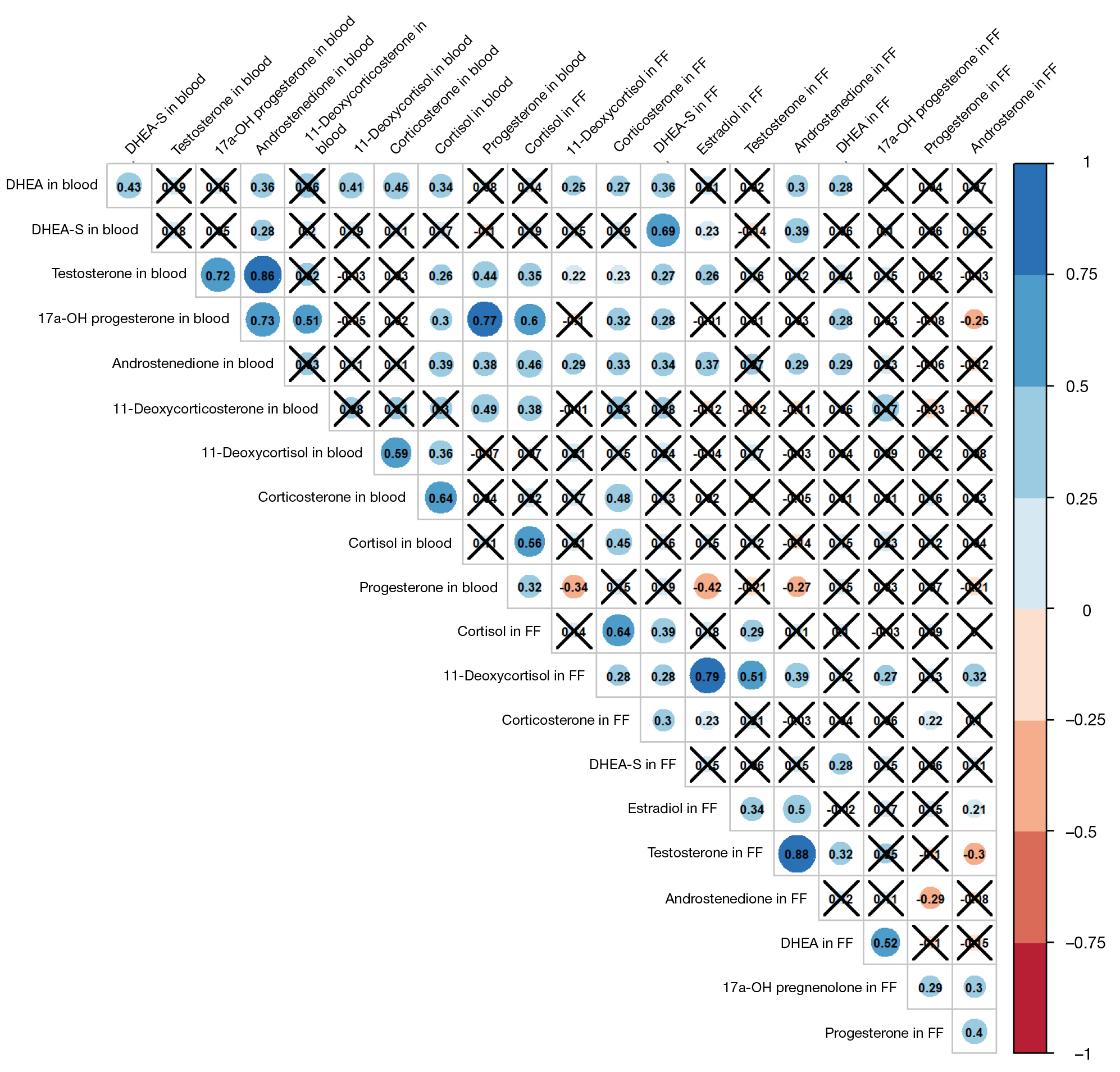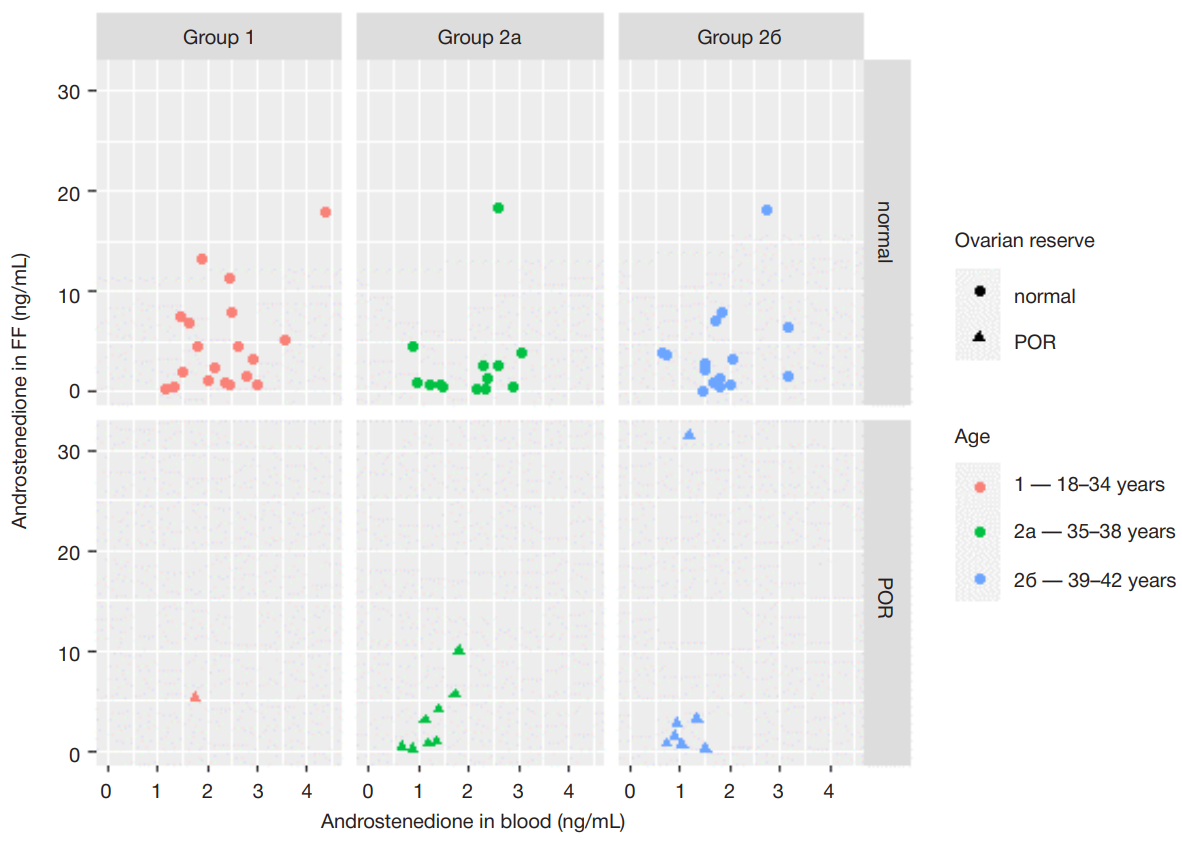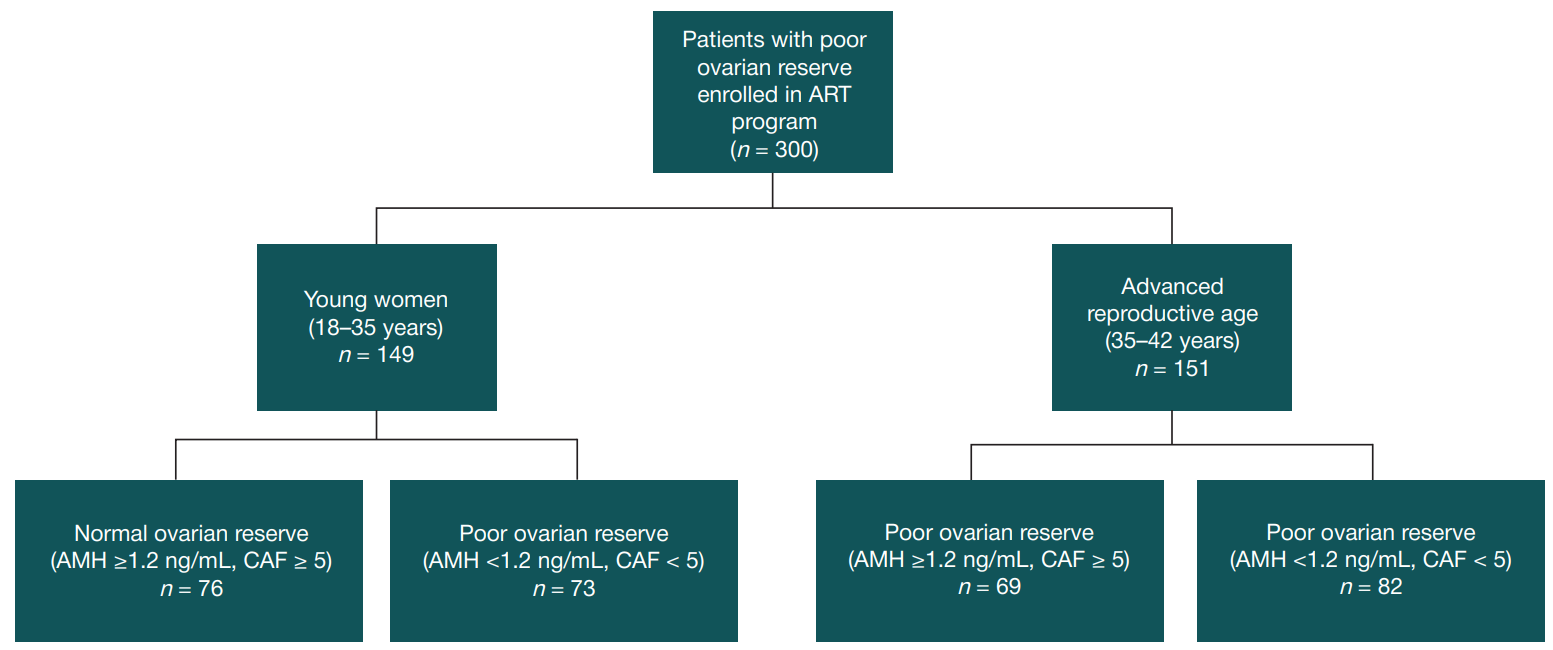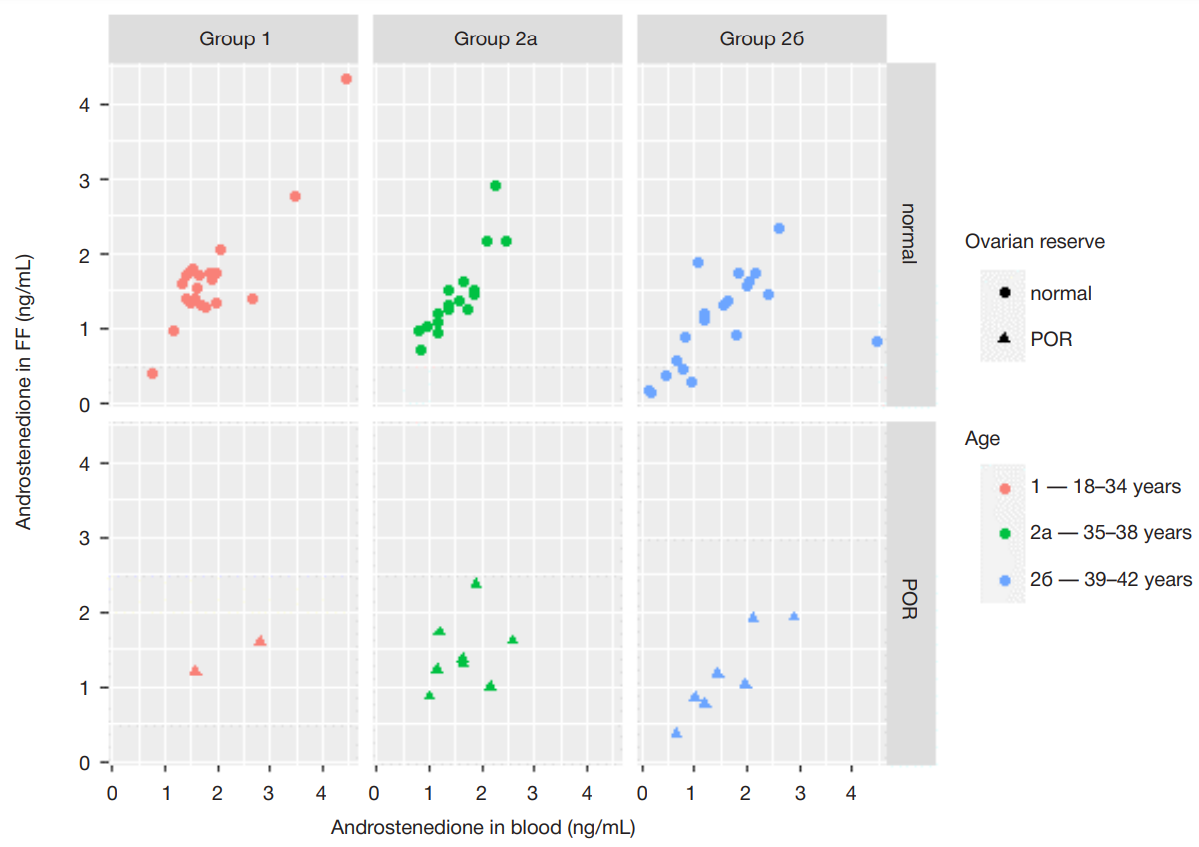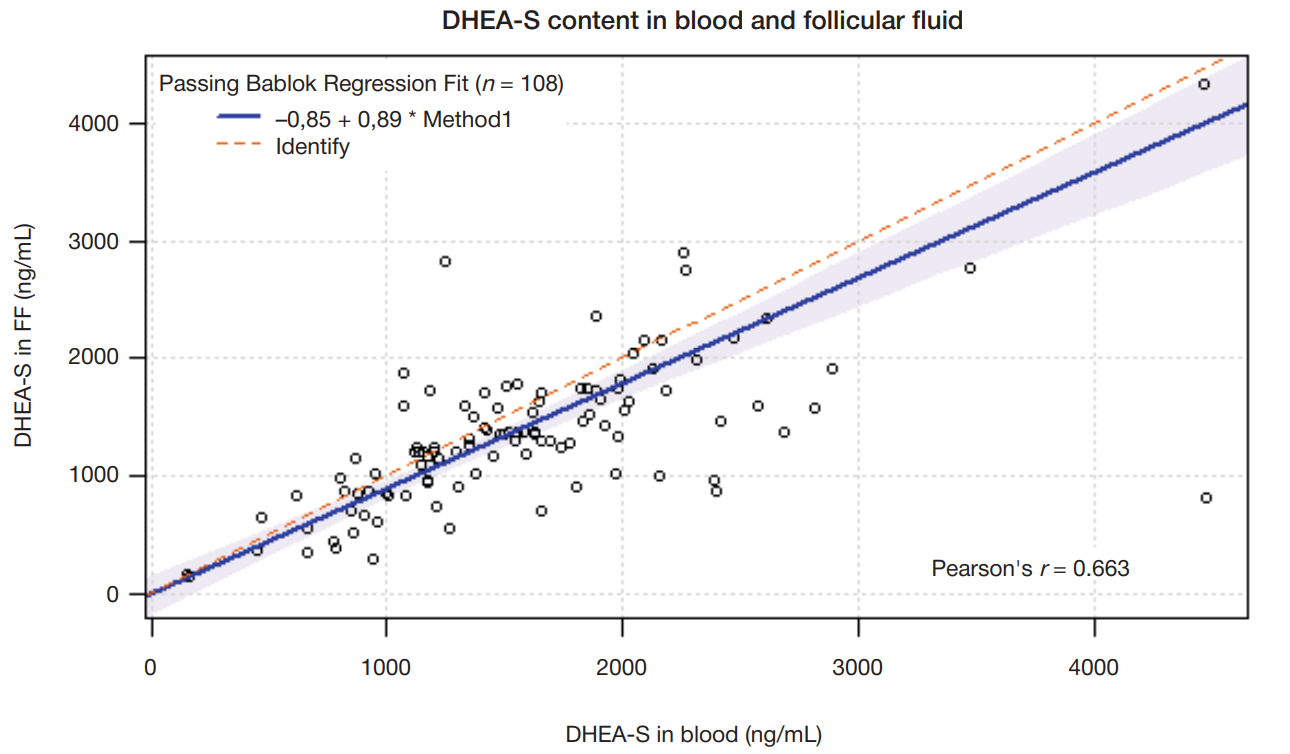
This article is an open access article distributed under the terms and conditions of the Creative Commons Attribution license (CC BY).
ORIGINAL RESEARCH
Androgen levels in blood and follicular fluid of IVF patients with diminished ovarian reserve
Kulakov national medical research center for obstetrics, gynecology and perinatology, Moscow, Russia
Correspondence should be addressed: Alla A. Gavisova
Akademika Oparina, 4, Moscow, 117997; ur.ay@allaivag
Author contribution: Gavisova AA, Dolgushina NV — stady concept and design; Gavisova AA, Shevtsova MA — analysis, manuscript writing; Kindysheva SV — laboratory tests, statistial analysis; Starodubtseva NL, Nazarenko TA, Frankevich VE, Dolgushina NV — manuscript editing.
Compliance with ethical standards: the study was approved by the ethical review board at the Kulakov National Medical Research Center for Obstetrics, Gynecology and Perinatology (protocol № 140 of 15 December 2014). The informed consent was submitted by all study participants.
